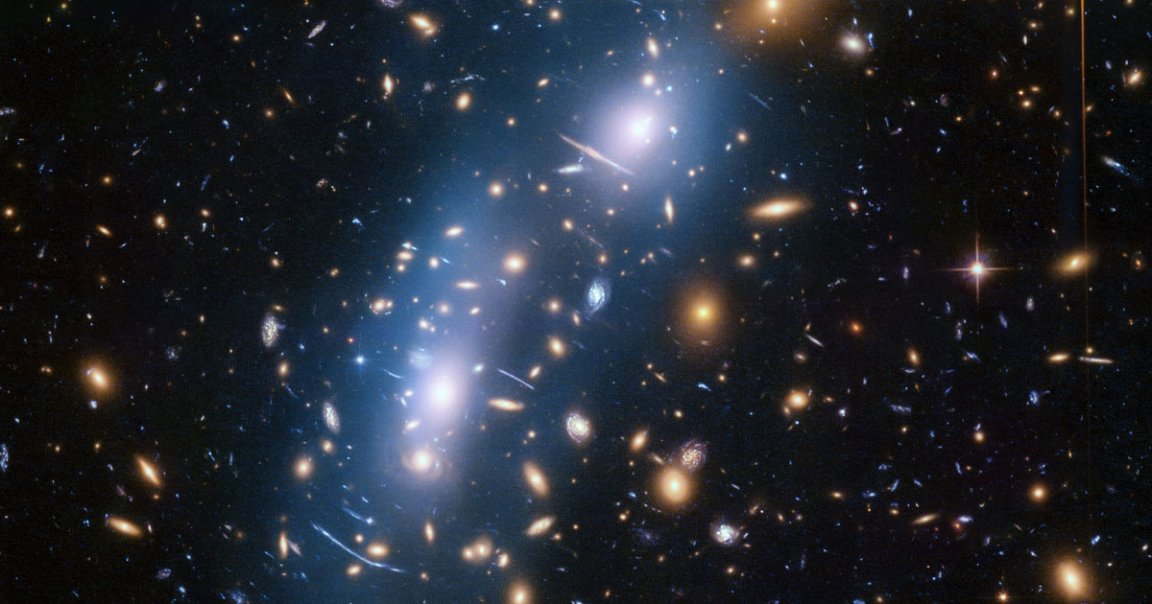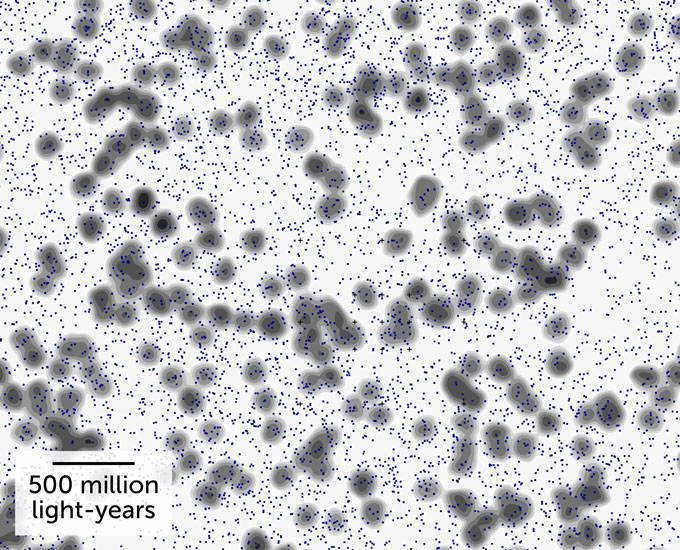
Breaking the Standard Model
Researchers may have discovered a giant arc of galaxies that would challenge the standard model of cosmology.
The team of astronomers believe that the arrangement of galaxies, which they’ve dubbed “the Giant Arc,” stretches 3.3 billion light years across space, according to Science News. If this is the case, it directly challenges the accepted notion that matter in the universe is evenly distributed everywhere.
Alexia Lopez, a cosmologist who was part of the team that made the discovery, spoke at a virtual press conference at the American Astronomical Society meeting on June 7 to announce their findings.
“It would overturn cosmology as we know it,” Lopez said. “Our standard model, not to put it too heavily, kind of falls through.”
Looking for Light
The astronomers came to their conclusion after observing light from 40,000 quasars — the luminous cores of galaxies that contain supermassive black holes.
As the light from these distant quasars travel across space and eventually reach Earth, it’s absorbed by atoms and objects around the galaxies. This results in unique light signatures that astronomers can detect and observe.
Lopez’s team detected quasar light forming a big arc stretching across one-fifteenth the radius of the observable universe. An image of their findings can be seen below (the Giant Arc is the smile-shaped curve in the middle of the picture):

Galaxy-Sized Grain of Salt
As compelling as these findings are, there’s still a lot of room for doubt.
Subir Sarkar, an astrophysicist at the University of Oxford who wasn’t involved in the study, told Science News that it could be a mistake to readily accept this as fact. “Our eye has a tendency to pick up patterns,” he said.
However, he conceded that if the Giant Arc turns out to be real, “This is a very big deal.”
READ MORE: An arc of galaxies 3 billion light-years long may challenge cosmology [Science News]
More on deep space: Scientists Found Hundreds of New Mysterious Signals from Deep Space